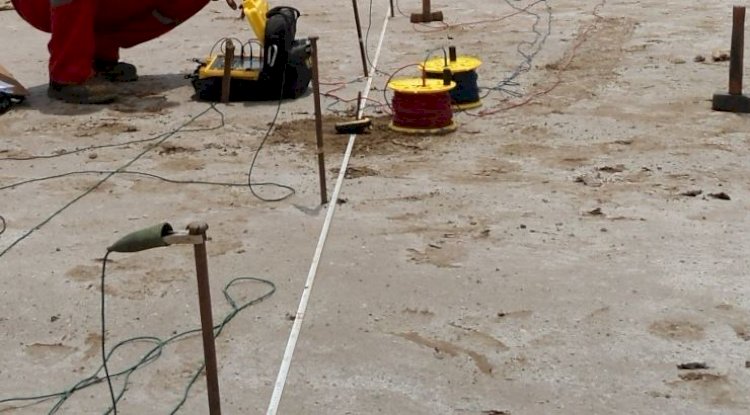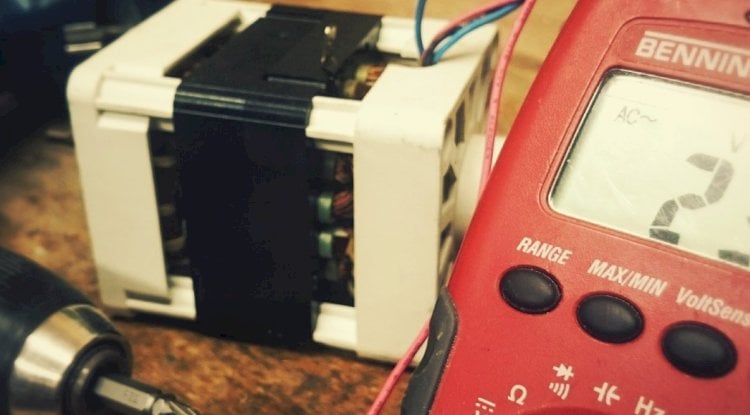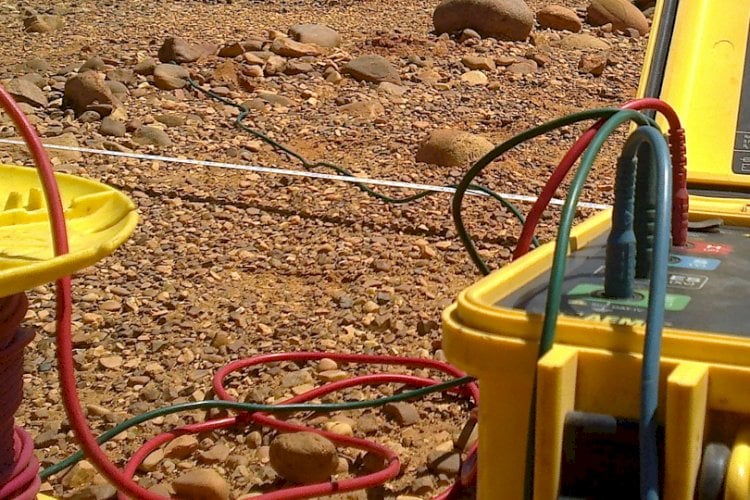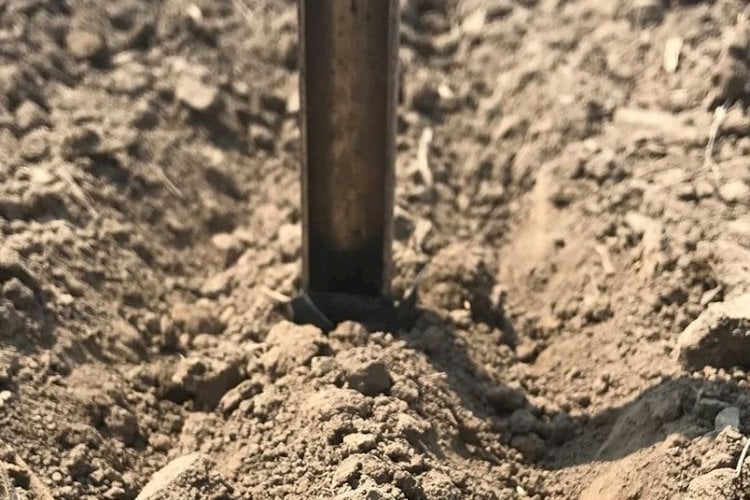Peter asked:
What is the best soil resistivity testing method?
Our Answer:
We prefer the Wenner 4-pin method. This method provides better results when dealing with the propagation of electrical currents through the earth. The basic process for conducting a soil resistivity test, is to identify the maximum diagonal length of the grounding grid in question, and then conduct Wenner 4-pin tests out to an A-spacing that is at least 1x that distance, with 3x being preferred. Consider a submarine using sonar in the ocean, if you are trying to find an object at 500-ft depth, you would not set the sonar to only read to exactly 500-ft, you would want to go some distance deeper. In the case of electrical resistivity, the best technique is to go 3 times deeper. In your case, you have a 500-ft ground grid, and just enough room to do a 500-ft spacing test (1,500-ft linear). So a 1x will have to suffice.
 There are multiple reasons why we need so many pins. The deep layers of soil will impact the overall resistance-to-earth of the large grid, while the shallow reading will impact our human safety (step and touch voltages) factors. So we need a good understanding of both the deep earth resistivity, and the shallow earth resistivity.
There are multiple reasons why we need so many pins. The deep layers of soil will impact the overall resistance-to-earth of the large grid, while the shallow reading will impact our human safety (step and touch voltages) factors. So we need a good understanding of both the deep earth resistivity, and the shallow earth resistivity.
When we conduct the math for developing the soil model (see IEEE Std 81 Annex B), we find two important items:
- We use the shallow spacing data to determine the resistivity of the deeper resistivity
- We cannot increase our spacing between pins at a ratio greater than 1.5 or else we get errors. In other words, you cannot move from a 10-ft spacing to a 20-ft spacing without placing error in the math. You must have a 15-ft spacing reading in between the two in order to get accurate math. In fact a ratio of 1.33 is preferred.
This is why we have so many pins in a single traverse, which can be seen in the photo. It is a lot of work, but it also provides the best results. We are currently working with a client who chose not to do proper soil testing as they thought it was unnecessary. They constructed the entire site, only to find that when the 3-point fall-of-potential test was conducted during commissioning, the resistance-to-earth was off by a factor of 2.5X! And not to their favor. Now, they cannot turn their site on and have to redo the soil test properly anyhow, redo all the studies, and possibly rip up their grounding grid to perform improvements. Their attempt to save a few dollars has now cost them. Not only will they have to all that work, but they have lost a month of down time as well.
Ask these questions:
1. Both method your list C Pin position (ft.) of maximum is 1500, is it a must to do all the points mentioned? As you know we don’t have a big area as such.
Yes, as explained above. Please see the google earth map with three (3) possible locations. I would recommend conducting the test at all 3 locations.
2. We are worried if the data collected during conducting this test will be accurate if the plant is in operation, is it right to do the test while the plant is running?
You can run the plant no problem, as the Wenner 4-pin test does not touch your facility. In fact, the test must be conducted outside of any buried metal object. Please see the Specification.
3. Do you have any suggested method more than these two to use?
We recommend only one method for these distances, the Wenner 4-pin. If you had the room to go longer, say 1,000-ft spacing’s (3,000-ft linear), you could also use a combination of Wenner with Uni-Polar Method.
The Engineering Experts at E&S Grounding Solutions




